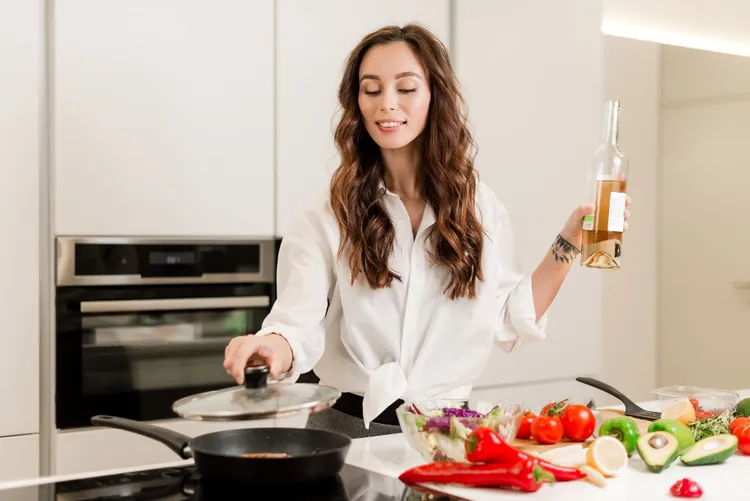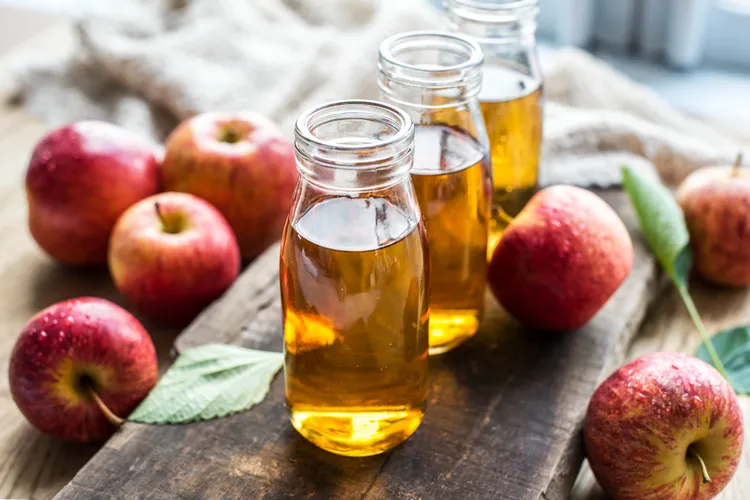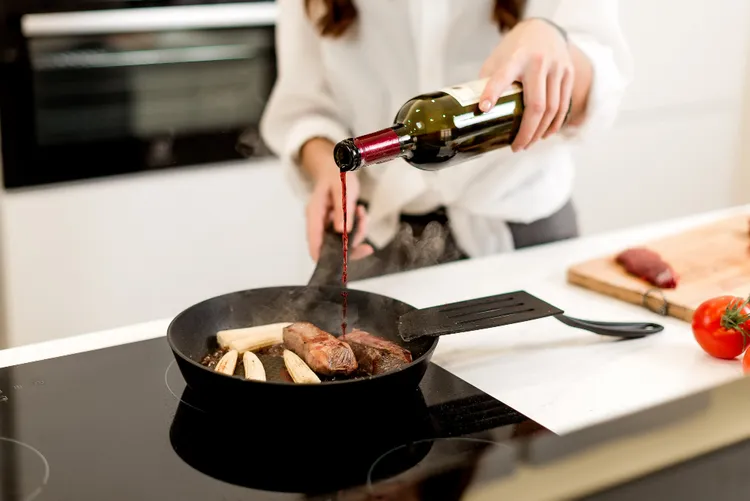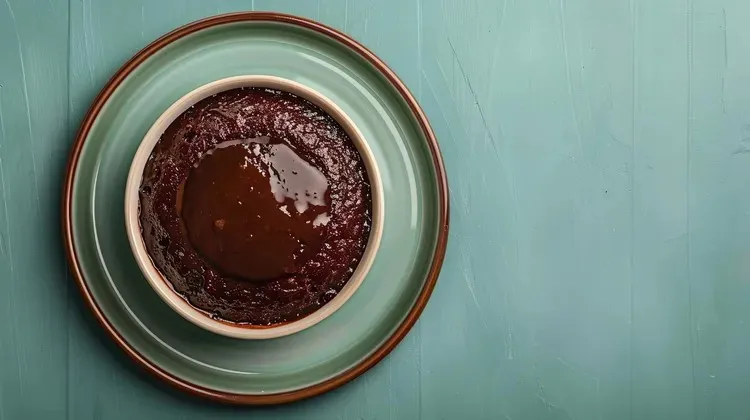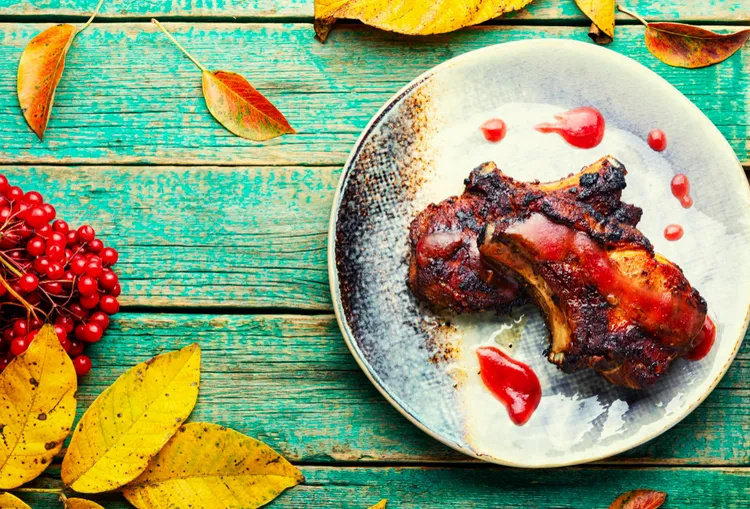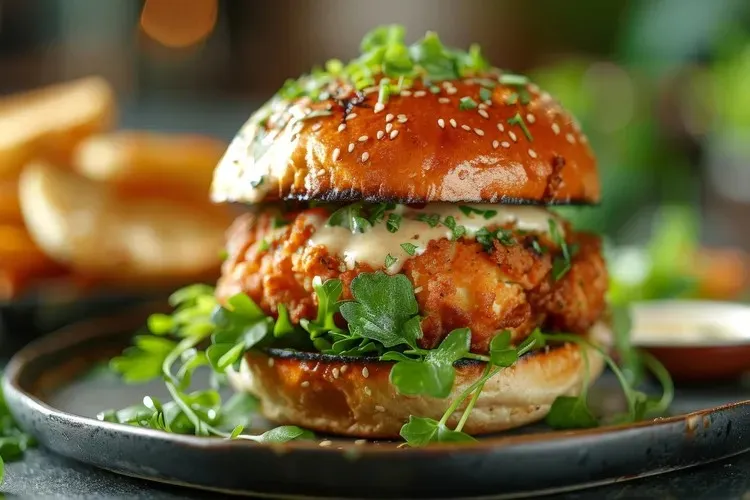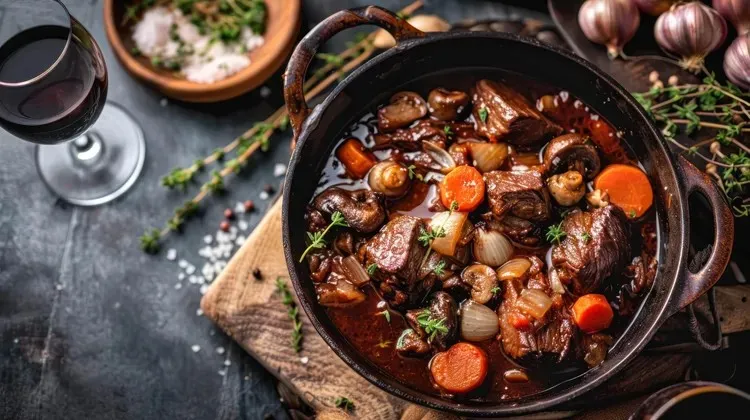You Don’t Need a New Diet—You Need Better Ingredients: A Guide to Healthier Eating Without the Fads
The Diet Trap. It seems like every week brings a new diet trend. Keto. Paleo. Whole30. Intermittent fasting. Carnivore. Plant-based. The list never ends—and yet, so many people are still struggling with the same issues: low energy, weight gain, inflammation, poor digestion, and a rocky relationship with food.
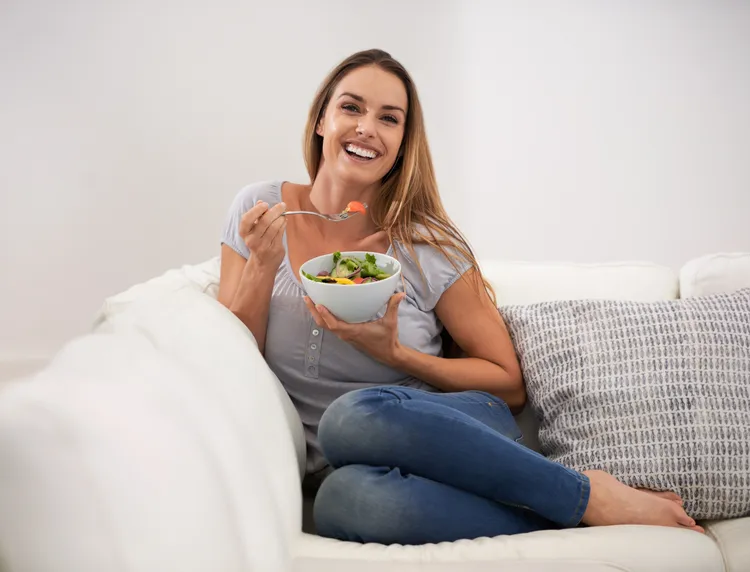
Here’s the truth that’s rarely discussed in the health and wellness space: you probably don’t need a new diet. You don’t need to overhaul your entire lifestyle, count every calorie, or ban your favorite foods forever.
What you really need is better ingredients.
The quality of your food matters more than the quantity. In this guide, we’ll explore how simply upgrading what you put in your pantry and fridge can lead to transformative health benefits—without the stress, shame, or restriction that comes with fad diets.
1: Why Diets Don’t Work (Long-Term)
1.1 The Illusion of Control
Most diets offer a seductive promise: follow this plan, and you’ll finally lose the weight, feel great, and be in control. But control isn't sustainable when it's rooted in fear or restriction. Eventually, life happens—stress creeps in, cravings return, and the rules become impossible to follow.
1.2 The Biological Backlash
Strict dieting can disrupt your metabolism, hormones, and gut health. Your body sees extreme restriction as a threat and responds by increasing hunger hormones, slowing metabolism, and storing more fat. That’s why people often regain weight (and more) after dieting.
1.3 The Mental Toll
Fad diets create a harmful cycle of guilt and self-blame. When they fail (which they often do), it’s not the diet that’s blamed—it’s you. This toxic mindset erodes confidence and makes healthy eating feel like an uphill battle.
2: What “Better Ingredients” Really Means
2.1 Whole vs. Processed Foods
Let’s strip away the noise. The simplest way to eat better is to choose whole foods over processed ones. That means:
- Fresh fruits and vegetables
- Whole grains (like quinoa, brown rice, oats)
- Legumes (lentils, chickpeas, black beans)
- Quality proteins (pasture-raised meats, wild fish, organic tofu)
- Healthy fats (extra virgin olive oil, avocado, nuts, seeds)
You don’t have to eat “perfectly.” You just have to make better swaps.
Example: Swap sugary breakfast cereal for steel-cut oats with berries and almond butter.
2.2 Reading Labels: The 5-Ingredient Rule
One powerful trick? Follow the “5-ingredient rule.” If a packaged food has more than 5 ingredients—especially ones you can’t pronounce—reconsider it. Look for:
- Minimal added sugars
- No hydrogenated oils
- No artificial sweeteners or preservatives
- Ingredients you’d use in your own kitchen
2.3 Upgrade Your Pantry Staples
A healthy kitchen starts with the right building blocks. Here are some smart upgrades:
- Instead of white rice ➜ Try quinoa, farro, or cauliflower rice
- Instead of canola oil ➜ Use avocado oil or extra virgin olive oil
- Instead of refined sugar ➜ Use raw honey, maple syrup, or dates (sparingly)
- Instead of white flour ➜ Use almond flour, chickpea flour, or whole wheat
3: Quality Over Quantity
3.1 Nutrient Density Is the Key
Not all calories are created equal. A 100-calorie snack pack of cookies isn’t the same as a 100-calorie handful of walnuts. The cookies spike your blood sugar and leave you hungry. The walnuts give you fiber, protein, and healthy fats that keep you full.
Focus on nutrient-dense foods that give your body what it actually needs: vitamins, minerals, fiber, antioxidants, and protein.
3.2 Local, Organic, and Sustainable—Do They Matter?
Whenever possible, choose:
- Organic produce (especially for the "Dirty Dozen")
- Grass-fed, pasture-raised meats
- Wild-caught fish
- Local and seasonal ingredients
Yes, these can cost more—but consider this: you’re investing in your long-term health, not just your next meal.
4: Practical Ways to Eat Healthier Without Dieting
4.1 Build Your Plate: The 80/20 Rule
You don’t need to follow any rigid eating system. Instead, try the 80/20 rule:
- 80% of the time, eat whole, clean, unprocessed food
- 20% of the time, enjoy your favorite indulgences—without guilt
A balanced plate might look like:
- Half veggies
- A quarter quality protein
- A quarter healthy starch
- A little healthy fat (like olive oil, nuts, or seeds)
4.2 Meal Prep Like a Pro
You don’t need to prep full meals in plastic containers. Instead, prep ingredients:
- Roast a batch of veggies
- Cook a pot of quinoa or lentils
- Grill chicken or bake tofu
- Wash and chop greens
Now you can throw together quick, healthy meals all week long.
4.3 Upgrade Your Snacks
Replace empty-calorie snacks with options like:
- Apple slices + almond butter
- Hummus + carrots
- Greek yogurt + berries
- Hard-boiled eggs
- Dark chocolate + walnuts
5: Healing Your Relationship With Food
5.1 Ditch the “Good vs. Bad” Food Mentality
Labeling food as “bad” creates guilt. Labeling yourself as “good” or “bad” based on what you eat is even worse. Food is fuel, not a moral judgment.
Instead, ask: “Does this food support my goals and how I want to feel?”
5.2 Tune Into Hunger and Fullness
Learn to eat when you’re truly hungry—not bored, stressed, or emotional. Pause mid-meal and ask:
- Am I still enjoying this?
- Do I feel satisfied?
Mindful eating reconnects you with your body’s natural cues—and helps prevent overeating without needing rules.
6: Your Kitchen Is Your Superpower
You don’t need a personal chef or a fancy diet plan. You need a kitchen stocked with quality ingredients and a few simple cooking skills. A healthy lifestyle isn’t built in the gym—it’s built in the kitchen.
Here’s how to get started:
- Cook one more meal per week than you normally do
- Try one new whole food each week
- Build a rotation of 5 easy, go-to healthy meals
The Real Secret to Healthier Eating
The real secret to healthier eating isn’t in the latest trendy diet. It’s not in a detox tea, macro tracker, or miracle superfood.
It’s in the ingredients you choose every day.
Better inputs lead to better outputs. When you feed your body whole, nourishing, high-quality ingredients, everything improves—your energy, digestion, skin, focus, and even your mood.
So next time you think you need a new diet, pause. Check your fridge. Check your pantry. Check your plate.
You don’t need a new diet. You just need better ingredients.
Bonus: Quick Ingredient Swap Chart
Instead of… | Try This… |
Vegetable oil | Avocado or extra virgin olive oil |
White bread | Sprouted or whole grain bread |
Soda | Sparkling water with lemon/lime |
Ice cream | Frozen banana + nut butter blend |
Chips | Roasted chickpeas or popcorn |
Creamy salad dressing | Olive oil + balsamic vinegar |
Boxed pancake mix | Oats + banana + egg blend |

